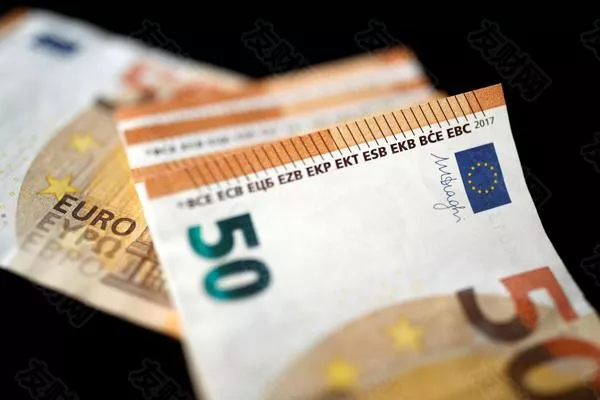The euro slipped slightly against the Japanese yen on Tuesday, with the EUR/JPY pair pulling back to 165.10 during Asian trading hours after briefly touching a fresh seven-month high of 165.45. Despite the retreat, the pair remains elevated as easing global trade tensions and a dovish policy backdrop in Japan continue to weigh on the safe-haven yen.
Risk sentiment improved after signs of progress in US-China trade negotiations, reducing demand for traditional haven currencies like the yen. Officials from both nations are meeting for a second day in London on Tuesday to discuss technology and rare earth element trade, with US Treasury Secretary Scott Bessent and Commerce Secretary Howard Lutnick offering upbeat assessments of Monday’s talks.
Meanwhile, recent economic data out of Japan added further pressure on the yen. Revised figures showed the country’s economy contracted at a slower pace than initially expected in the first quarter of 2025, shrinking by an annualized 0.2%. The milder downturn reinforced expectations that the Bank of Japan (BoJ) will continue on its path toward policy normalization amid persistent inflation.
Japanese Finance Minister Katsunobu Kato on Tuesday pledged to implement appropriate fiscal measures to encourage greater domestic demand for Japanese Government Bonds (JGBs). As the BoJ gradually scales back its bond purchases, Kato emphasized the importance of diversifying JGB ownership across investor categories to ensure financial market stability.
In the Eurozone, the euro remains relatively resilient despite last week’s 25 basis point interest rate cut by the European Central Bank (ECB). The move lowered borrowing costs to their lowest levels since November 2022. Alongside the cut, the ECB downgraded its inflation outlook for 2025 and 2026, signaling it may be nearing the end of its current easing cycle.
Market participants will continue to monitor global risk sentiment and central bank commentary for further direction, particularly as the EUR/JPY pair remains close to multi-month highs.


